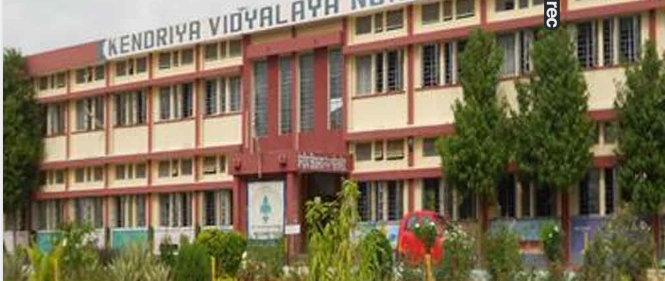
Revision of Rates of Dearness Allowance to Central Government Employees Effective from 01.01.2025
As we step into 2025, one of the most awaited updates for lakhs of Central Government employees has finally been announced—the revision of Dearness Allowance (DA) rates effective from January 1, 2025. The revision of DA is more than just a salary update; it’s a financial lifeline that ensures employees’ earnings remain stable and reflective of changing market conditions. Let’s dive into what this revision means, why it matters, and how it will impact the financial well-being of Central Government employees across India.
Dearness Allowance is essentially a cost of living adjustment allowance paid to Government employees and pensioners to cushion the effects of inflation. It’s calculated based on the rise in the Consumer Price Index (CPI) and reviewed biannually—once in January and again in July. The purpose is to ensure that rising prices don’t erode the real income of employees and pensioners. Every revision is significant because it directly affects monthly income, future pension benefits, and overall financial planning.
For the cycle beginning January 1, 2025, the Central Government has approved a notable hike in the DA rate. As per the latest update, the DA has been increased by 4%, taking it from 46% to 50% of the basic pay. This revision aligns with the standard formula derived from the 7th Central Pay Commission (CPC), which calculates DA based on 12-month average of the All India Consumer Price Index (AICPI). A DA of 50% is not just symbolic—it often acts as a milestone in government pay structures, triggering other related allowances to be revised proportionately.
This revision is expected to benefit over 50 lakh employees and 65 lakh pensioners across India. With inflation on the rise and the cost of essential goods and services steadily climbing, this increase comes as a welcome relief to many households. Employees working in metros and Tier-2 cities, where living expenses are significantly higher, will particularly feel the impact of this hike in their take-home pay.

Beyond immediate financial relief, the hike also plays a crucial role in boosting employee morale. Government employees are the backbone of public administration, education, law enforcement, defense, and various other critical services. A timely and adequate revision in DA reflects the government’s acknowledgment of their service and ensures motivation levels remain high, especially amid growing economic uncertainties.
Another important angle is the impact on pensions and family pensions. Pensioners and family pensioners, who rely heavily on DA for maintaining their quality of life post-retirement, will see a substantial benefit from this revision. With medical costs, household expenses, and other needs growing each year, an enhanced DA ensures they can continue to live with dignity and financial independence.
The financial implications for the government, however, are significant. Every percentage point increase in DA adds thousands of crores to the fiscal burden. But this increase is carefully planned and budgeted, keeping in mind the country’s macroeconomic indicators and revenue forecasts. It’s a delicate balancing act—supporting its workforce while maintaining fiscal responsibility.
With the DA touching the 50% mark, certain allowances like House Rent Allowance (HRA), Transport Allowance, and other special pay components may also be revised, depending on existing government policies. This creates a cascading benefit effect, further increasing the effective salary drawn by employees. For example, if HRA is pegged to basic pay and increases once DA crosses the 50% threshold, many employees in urban centers could see substantial hikes in their monthly remuneration.
It’s also worth noting that DA revisions have a broader economic impact. More disposable income in the hands of lakhs of employees and pensioners means increased consumer spending. This, in turn, stimulates demand in various sectors such as retail, housing, automobiles, and education—contributing positively to the economy at large. So, in a way, DA revisions are not just about government employees—they create a ripple effect that supports economic momentum.
Looking ahead, the next revision will be due in July 2025, and expectations will again depend heavily on the inflation data and economic outlook of the first half of the year. Employees and pensioners will be watching the Consumer Price Index closely, as even small shifts can make a big difference in the next adjustment.
In conclusion, the revision of Dearness Allowance from 46% to 50% effective January 1, 2025, is a timely and much-needed step by the Central Government. It shows commitment toward the well-being of its workforce and aligns with the principles laid out by the 7th Pay Commission. In a time of rising costs and shifting economic landscapes, this DA hike doesn’t just pad paychecks—it offers peace of mind, financial security, and a nod of appreciation for the dedicated service of millions.
Please don’t forget to leave a review.

